
Reolink indoor security cameras offer reliable protection for your home’s interior. With both wireless and wired options, you can choose the setup that best fits your needs. Each camera has advanced features like smart detection, two-way audio, and high-quality video—all without the need for a subscription.
Series/Type
Scenarios
Power Options
Network connection
Resolution
Storage
Lens
Night Vision
Light
Weatherproof
Channels
Color
Compatibility
Special Features
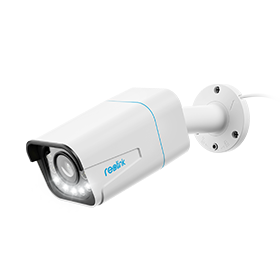

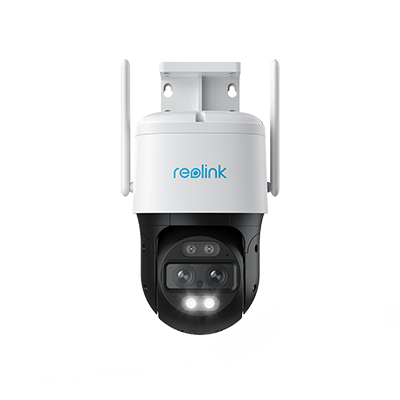
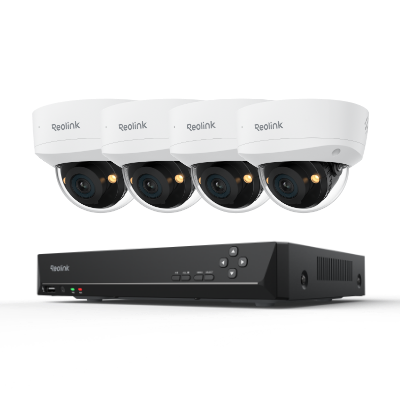
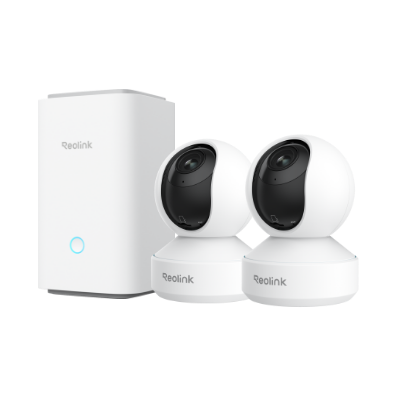
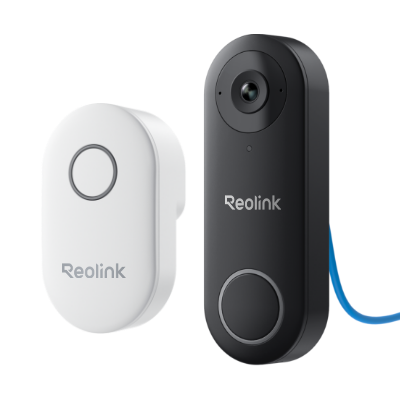
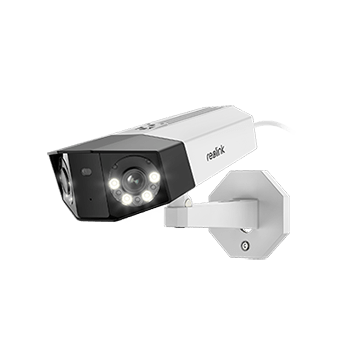
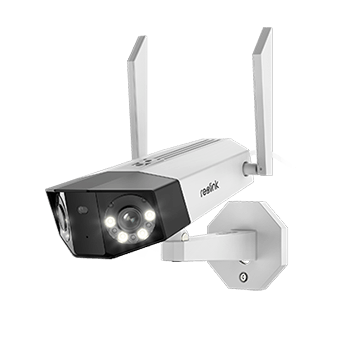
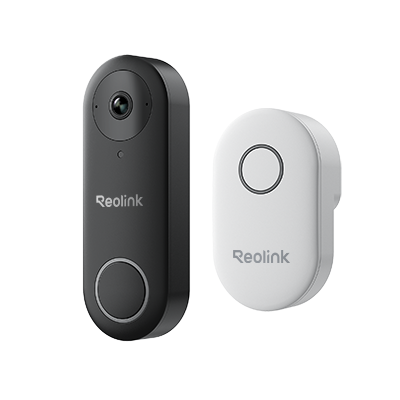
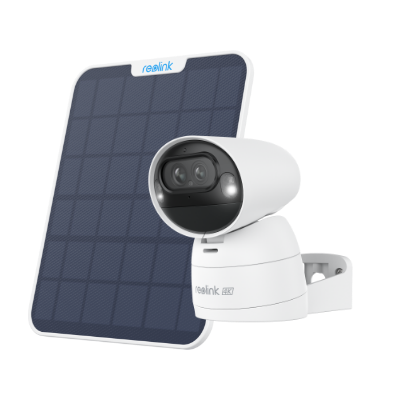
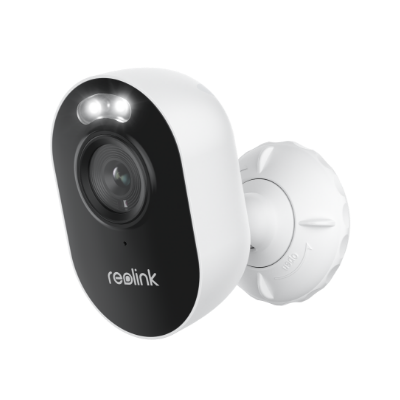
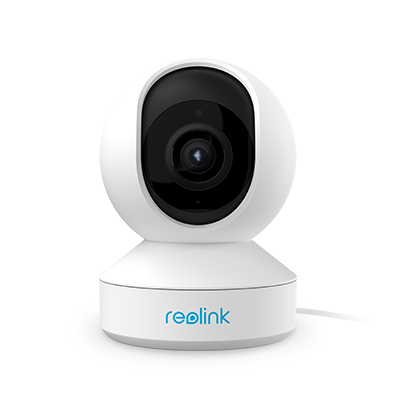
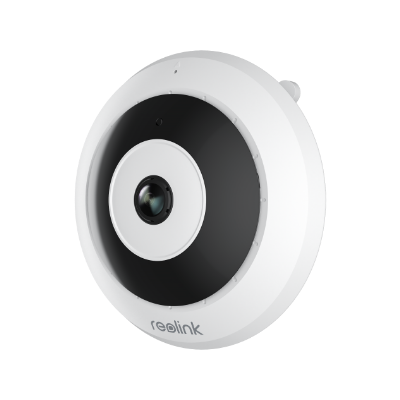
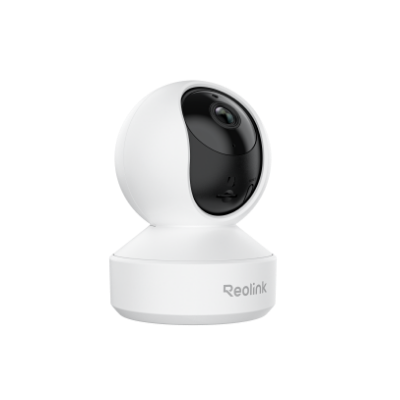
Inside a workplace or room, cameras must blend into the décor yet keep a steady watch. Three main forms dominate.
- Indoor wireless security camera: These units link to Wi-Fi and sit on shelves or mount on walls with minimal drilling. They move easily when floor plans change. Battery versions run for months between charges.
- Wired indoor security camera: Ethernet or coax cables power and connect these models. They never rely on spotty Wi-Fi and can stream higher bit rates for crisp images. Installation takes longer, but stability wins in busy offices.
- Indoor camera system: A system groups multiple cameras and an NVR (network video recorder). One screen displays every feed. Central storage simplifies backup and review, perfect for firms that need proof for insurance claims.
Many homeowners prefer a one-time cost over endless fees. Picking the best indoor security camera without a paid plan involves a few must-check points.
- Local storage options: Look for local storage cameras with microSD slots or an NVR. Footage stays on-premises, under your control.
- Free compatible app: Some cameras sound affordable until the app charges for simple playback. Read the small print and test the free tier.
- Smart detection and alerts: Person-only alarms cut false beeps from fluttering curtains. Pet mode helps, too, in homes with office mascots.
- Smart home integration: Compatibility with Alexa, Google Assistant, or Apple Home can link lights and sirens for layered defense.
- Video quality: Resolution matters. 1080p is a bare minimum; 4MP or 4K offers clearer faces and badge numbers, especially in wide rooms.
Placement shapes performance. Even the sharpest lens fails if it points the wrong way.
- Entry doors: Capture every face that walks in. Mount slightly above eye level for a clear angle.
- Living rooms or common areas: These areas contain valuables like TVs, gaming consoles, or electronics; so place a camera to daily activities or unexpected movements.
- Children's rooms: If you have young children, placing an indoor camera in their room can help you monitor naps, bedtime routines, or nighttime disturbances—especially helpful when used as a baby monitor.
- Garage or indoor entry from garage: If your garage connects to your house, installing a garage camera near the entry door helps you monitor activity and detect intrusions from this often-overlooked access point.
For many offices that double as homes after hours—think family-run shops—a flexible indoor Wi-Fi camera with person detection and free local storage stands out. Models like Reolink E1 offers pan and tilt, filling blind spots without buying three separate units. That versatility makes it a top pick when space and budget run tight.
A "good" indoor camera balances clarity, reliability, and simplicity. Choose one that streams in at least 2K, stores to an internal card, and pairs with a trusted, ad-free app. If the office Wi-Fi wavers, a wired PoE mini-dome may serve better. In short, the camera that causes the least daily hassle is the right one.
The best indoor camera for monitoring elderly parents should offer high-quality video, two-way audio for communication, and pan/tilt/zoom for full room coverage. Smart motion detection with person recognition and night vision are key for accurate alerts and visibility in low light. The Reolink indoor cameras combine all these features, making it a great choice for elderly monitoring.
Yes, an indoor camera is worth it for many homeowners. It adds extra security by monitoring activities inside the home. You can use it to check on pets, children, or elderly family members. It also helps detect intruders or track any unusual activity during a break-in.
Some indoor cameras record continuously, while others activate based on specific triggers or events. Assess your security needs to decide if continuous recording is essential for you.
Most indoor cameras use Wi-Fi for features like remote access, live streaming, and cloud storage. However, some can work without Wi-Fi by storing footage locally on SD cards or hard drives. And PoE indoor cameras offer a wired option for data transmission.